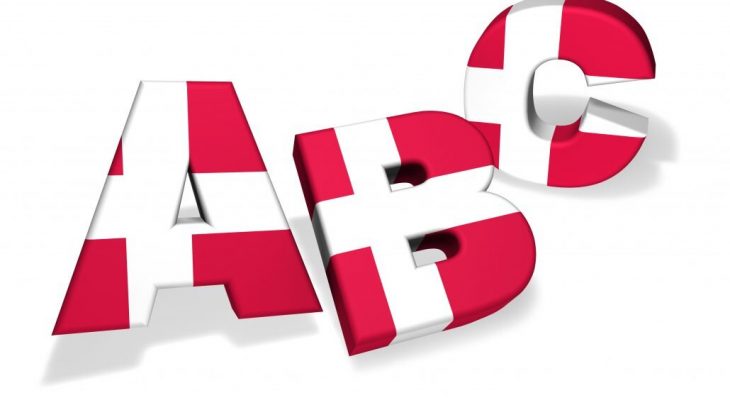Danish is a North Germanic branch of the Indo-European language family. It comes from the same group as Swedish, which belongs to the East Scandinavian group. The East Scandinavian language, along with the West Scandinavian language, evolved from a common Old Norse language, then eventually split into these two distinct languages.
The oldest written records of the Danish language are written in the runic alphabet. However, with the introduction of Christianity and translator english to danish to Denmark, the Latin alphabet came into the language, and by the end of the Classical Middle Ages, the Latin alphabet replaced the runic one.
According to the latest classification, Danish is placed with Norwegian and Swedish in the continental Scandinavian group, and with Icelandic and Faroese, in the island Scandinavian group. The spelling of Danish is very similar to Norwegian in terms of phonological and prosody aspects.
About 6 million people speak Danish, although they are found predominantly in Denmark. The approximately 50,000 Germans who live in the northern regions of Germany also speak Danish fluently due to their Danish ancestors. In Greenland and the Danish Territory of the Faroe Islands, Danish is also the official language.
There are Danish-speaking communities around the world, although these are most common in Argentina, the United States and Canada. Danish has about thirty different dialects, which is quite a lot considering the number of native speakers of the language and its popularity. However, there are three main dialects: Jutland, Isle, Bornholm. The insular Danish language is the most popular, and includes the dialects of the Danish islands of Zealand, Funen, Falster and Lolland. Jutland is divided into four cardinal points – North, South, East and West – with further subdivisions in accent and tone, while the Bornholm dialect is primarily spoken on the island of Bornholm.
Danish, Norwegian and Swedish are three very similar languages, and multiple studies have shown that knowing one of these languages makes the other two much easier to learn. Copenhagen city is very beautiful and includes such attractions as Tivoli Palace, Amalienborg Palace, Copenhagen Cathedral and Rosenborg Castle. If you are interested in architecture, Danish would be a great language to study as Denmark is an excellent place to learn more about architecture.
